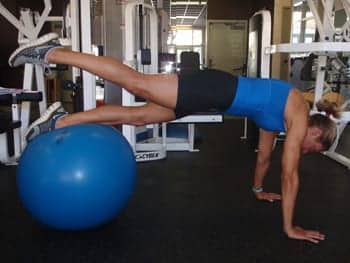Despite the US government’s billions of dollars invested in outfitting soldiers with the latest protective gear and life saving equipment, some of it may be contributing to soldiers’ injuries. Due to this increase, Richard Kaul, MD, of New Jersey Spine and Rehabilitation, in tandem with US Army One Source, has launched Project Backbone. The initiative will provide free back and spine care for veterans from Iraq and Afghanistan.
Due to increased safety protocols, fatality rates have significantly decreased from those of prior wars, but the injury to fatality ratio is at an all time high, 16:1 (rates were 2:1 in Korea and Vietnam) and the majority of these injuries have been musculoskeletal and spinal injuries. According to a Military study, 56% of all fractures suffered during combat were spine related. These injuries were results of gunshot trauma, blast trauma, and injuries incurred throughout deployment.
According to a study at Johns Hopkins University, one third of all medical evacuations were due to these types of injuries and were the leading cause for discharge before enlistment was completed. Only 1% of those who suffered these injuries returned to active duty.
Back and spine conditions may begin as early as the training phase of an enlistee’s service. Soldiers are put through heavy amounts of physical and mental stresses. Common practices include runs, walks, and hikes over miles of terrain, sometimes up to 25 miles. This increases stamina and endurance, but is done while carrying 97 lbs to 127 lbs of gear on their backs.
A 2001 Army Science Board study noted that the weight soldiers carry could decrease mobility and increase fatigue and injury.
Doctors have found that over time the increased weight on the spine can lead to spondylolisthesis, herniated discs, and sciatica. The study also led to the introduction of backpack palsy, a condition caused by carrying the increased amounts of weight causing compressing of the nerves in the arms and shoulders, leading to nerve damage, chronic pain, and RSD.
[Source: Medical News Today]




